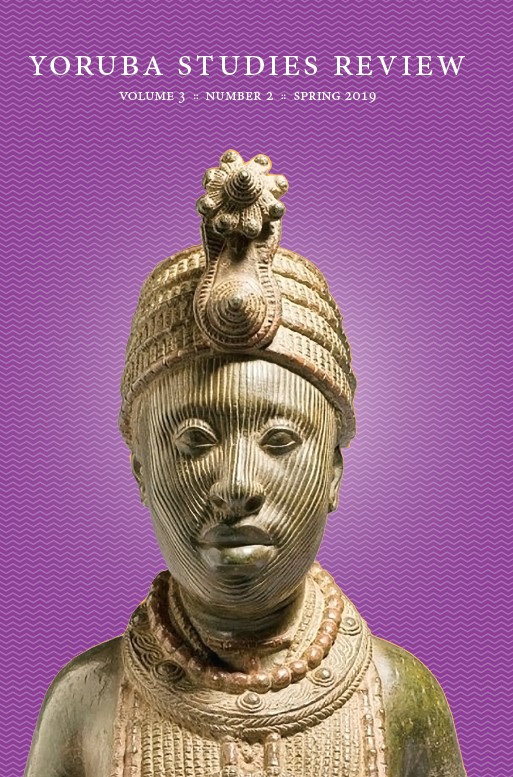Abstract
The story entailed in Ọmọ Olókùn Ẹṣin (The Freedom Fight) is straightforward. Àjàyí, the titular hero, starts off with the direct first-person narrative. The story starts off straight from the horse’s mouth, setting the stage for all other active agents to render their own sides of the events, to which everyone else is not privy. Here is the snippet of the novel directly from the author’s blurb: Àjàyí, son of Council Chief Olókùn Ẹṣin of Àgùn, seeks independence on behalf of his Òkè Ògùn kinsmen, independence from the oppressive Òkò, one of the principal regions of Yorùbáland. To this end he and his many friends – among them Àyọwí from Igboho, and Ibiwumi, the Otu Baale’s ̀ daughter – who help him narrate this story, suffered untold hardships. In the beginning, the very countrymen he sought to liberate were opposed to the talk of independence because no one could really grasp the idea. However, in the end, Àjàyí prevailed. Where shall we begin this tale? Which among the story’s many episodes should one emphasize – is it Kọ́lájọ’s demonic rampage, or Ibiwumi’s calculated risk, or Lagbogun’s greed and flagrant abuse of power and privilege? Incidents abound – highlights herein include the riot in Baba-Ode Townships; the fight at Idi Araba; the bizarre encounter in the market 200 Michael Oladejo Afolayan center at Igboho; even the scuffle outside Baale of Ìgbẹtì’s compound; and, ́ of course, many more of Àjàyí’s numerous acts of valour and defiance.

This work is licensed under a Creative Commons Attribution-NonCommercial 4.0 International License.
